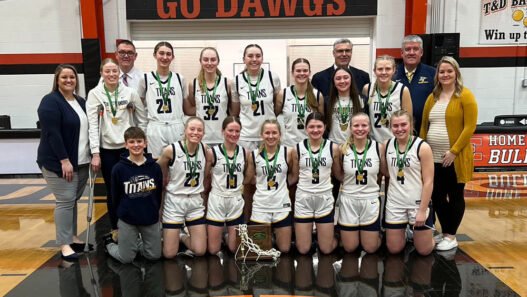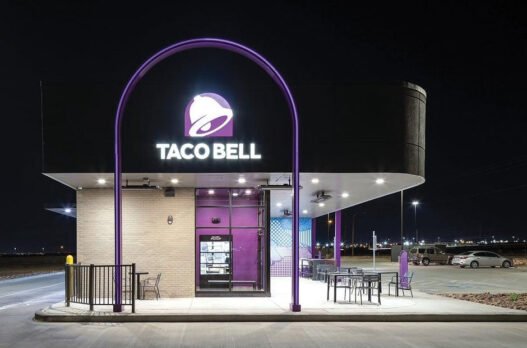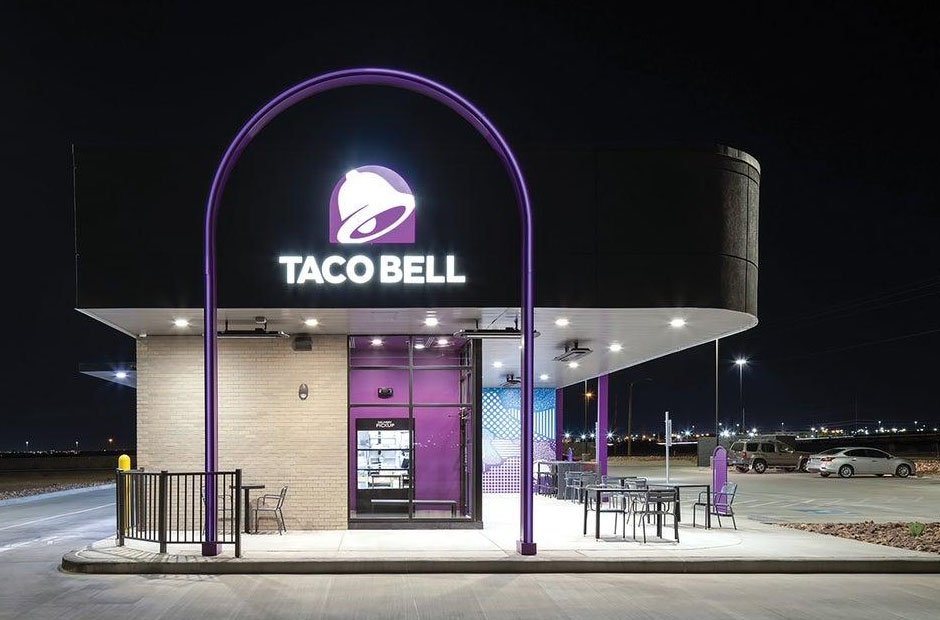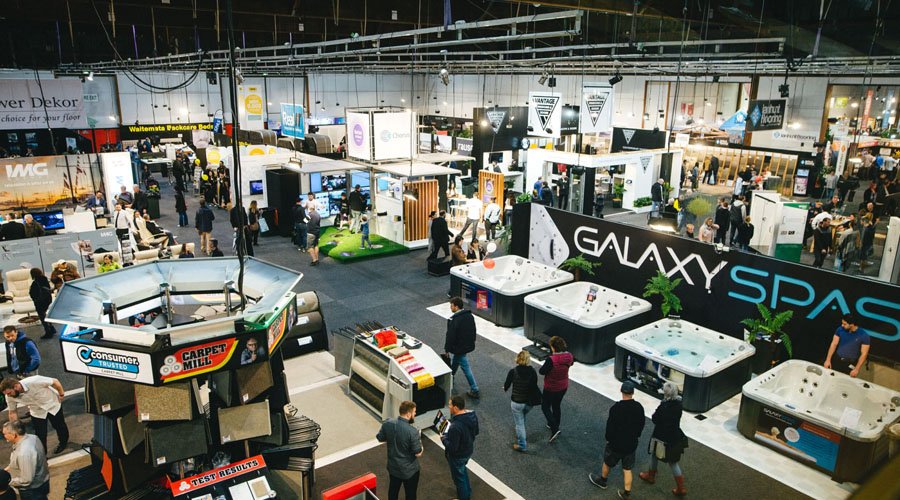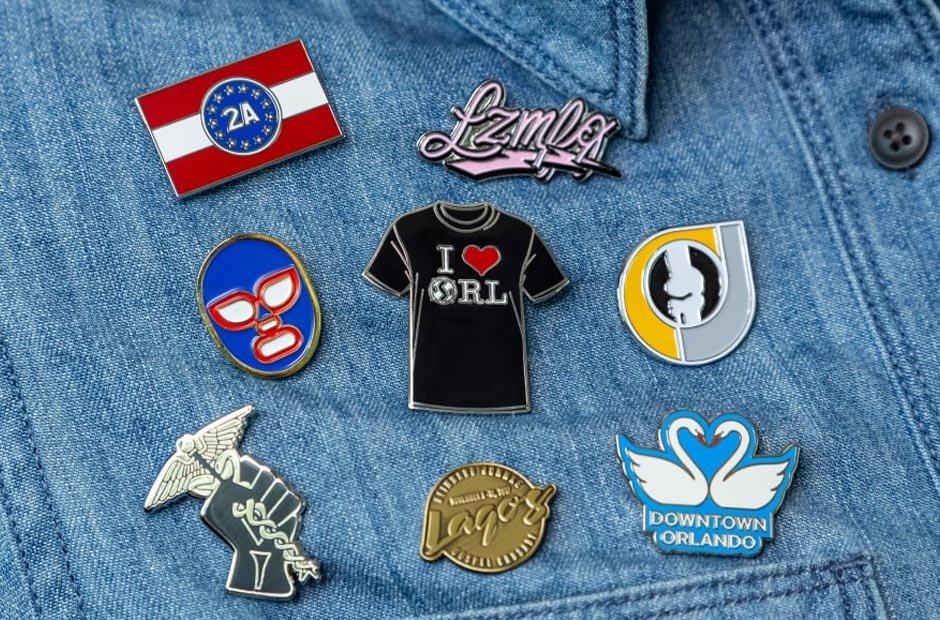In the fast-paced world of Instagram marketing, standing out among the steady flood of content might feel like an endless battle. Brands are under increasing pressure to stand out, engage with their audiences, and achieve outcomes. But why do certain advertisements seem to be so successful while others fail? The solution rests in innovation, strategy, and understanding your target audience.
Instagram, with its visually appealing platform, is a perfect place for marketers to make an effect, but the rules have changed. Customers no longer respond to generic advertisements or overly promotional content. They want honest, engaging, and individualized experiences. The brands that flourish on Instagram are those who use innovation, appeal to emotions, and develop connections.
To assist you learn how to master Instagram marketing, we’ll look at seven campaigns from top brands that have flourished in the sector. Each case study focuses on a distinct tactic or approach, providing useful insights that you can use to your own Instagram strategy.
Nike: Personalization meets Gamification.
Nike, one of the world’s most renowned sports brands, excels in customisation. Nike has built a strong relationship with their target audience by incorporating machine learning, artificial intelligence, and sophisticated analytics into its marketing activities. Nike has a thorough understanding of their clients, which allows them to provide relevant, tailored information. Beyond the algorithms, Nike’s strategy prioritizes human connection, as social media manager Wess Warfield explains: “We don’t respond as individuals; we respond as Nike.” But that doesn’t imply we should overlook the human-to-human relationship.
Nike is great at engaging users with gamification. Whether through fitness challenges or interactive features, Nike has transformed their Instagram account into a platform where followers are active players rather than passive consumers. The company also develops shareable content, which is frequently shared via Instagram Stories, allowing users to broaden the brand’s reach and form stronger connections with their audience.
Old Spice: Engaging Creativity with the Dream Runner Campaign.
Old Spice has always been recognized for its funny, eccentric advertisements, and the “Dream Runner” campaign was no exception. The campaign urged Instagram users to use the hashtag #runoldspice to showcase jogging routes that were imaginatively shaped like things they wanted, such as a shoe or a watch. This entertaining and participatory approach not only increased engagement but also produced a viral buzz, increasing brand awareness. By adding comedy and user involvement, Old Spice demonstrated the effectiveness of creative marketing in encouraging user-generated content and transforming simple activities into significant brand moments.
Airline and Influencer Marketing: Creating Travel Dreams
The travel market is extremely competitive, and airlines are continuously seeking for ways to differentiate themselves. Many people have used influencer marketing to promote their products or services. One notable example of this tactic is Alaska Airlines’ #WeekendWanderer campaign, which collaborated with micro-influencers to promote the airline’s travel experiences. These influencers developed and shared material that appealed to people’s wanderlust, instilling a desire to travel and inspiring their followers to plan vacations. User-generated content and relatable personalities were effectively employed in the campaign to increase engagement and produce actual vacation bookings.
Airbnb uses polls and user-generated content to boost engagement.
Airbnb’s #TravelTuesday series shows how to integrate Instagram Stories with user-generated content (UGC) to increase engagement. Airbnb used Instagram’s polling tool to ask their audience about their travel preferences and favorite destinations, as well as highlight photographs from their users. This dual strategy served several reasons, including encouraging connection, providing vital information into what their audience enjoyed, and allowing the company to highlight its community.
Airbnb’s marketing also highlighted the value of user-generated content. By publishing images from their followers and acknowledging their contributions, they made their community feel appreciated and engaged. This not only enhanced relationships, but also made content development more efficient for Airbnb, as they could draw on their existing source of interesting content.
Adidas Neo empowers fans to lead. Neo used a novel approach, allowing their audience to take the lead. Instead of relying largely on paid marketing or influencers, Adidas started the #MyNeoShoot campaign, encouraging consumers to share images of Adidas items. The results were impressive: more than 71,000 mentions and 41,000 new followers. The campaign was a striking reminder that when brands let their fans to contribute, they not only generate more content but also strengthen brand loyalty.
Chanel’s Luxury with User-Generated Content in the Digital Age
Chanel, one of the world’s most recognizable luxury companies, understands how to balance exclusivity and accessibility on Instagram. They successfully merged influencer marketing and user-generated content in their #newchannel5 campaign. The campaign went viral, generating over 1,600 pieces of content in just one month. Chanel demonstrated that even premium businesses can benefit from community-driven content, making their brand feel more inclusive while keeping its high-end image.
Taco Bell Makes Instagram Stories Fun and Interactive.
Taco Bell has mastered the art of utilizing Instagram Stories in innovative ways. Their #WallpaperWednesdays campaign is an excellent example. Taco Bell shared taco-themed wallpapers with followers each week, encouraging people to screenshot and use as phone backgrounds. This unique campaign not only entertained followers, but also spawned a form of viral marketing as people shared their wallpapers with others. Taco Bell ensured that the party continued by leveraging Instagram Highlights to store the wallpapers after the 24-hour Story restriction elapsed, thereby enhancing brand visibility and interaction.
Key Takeaways for Instagram Marketing Success.
What are the similarities between these case studies? They demonstrate that Instagram marketing is more than just promoting items; it is also about establishing a brand experience that invites involvement and interaction. To establish meaningful connections with their audiences, each of these brands employed methods such as creativity, personalization, and community building. Whether through gamification, user-generated content, or influencer collaborations, the key to Instagram success is to develop new methods to catch attention, build relationships, and drive continued engagement.
In today’s cluttered digital market, brands must look beyond traditional advertising. Instagram is a venue for creative storytelling, and those that utilize it wisely may create unique experiences that connect with their audience. Brands that accept new ideas, communicate with their audience, and develop honest and exciting campaigns will be the most successful.

